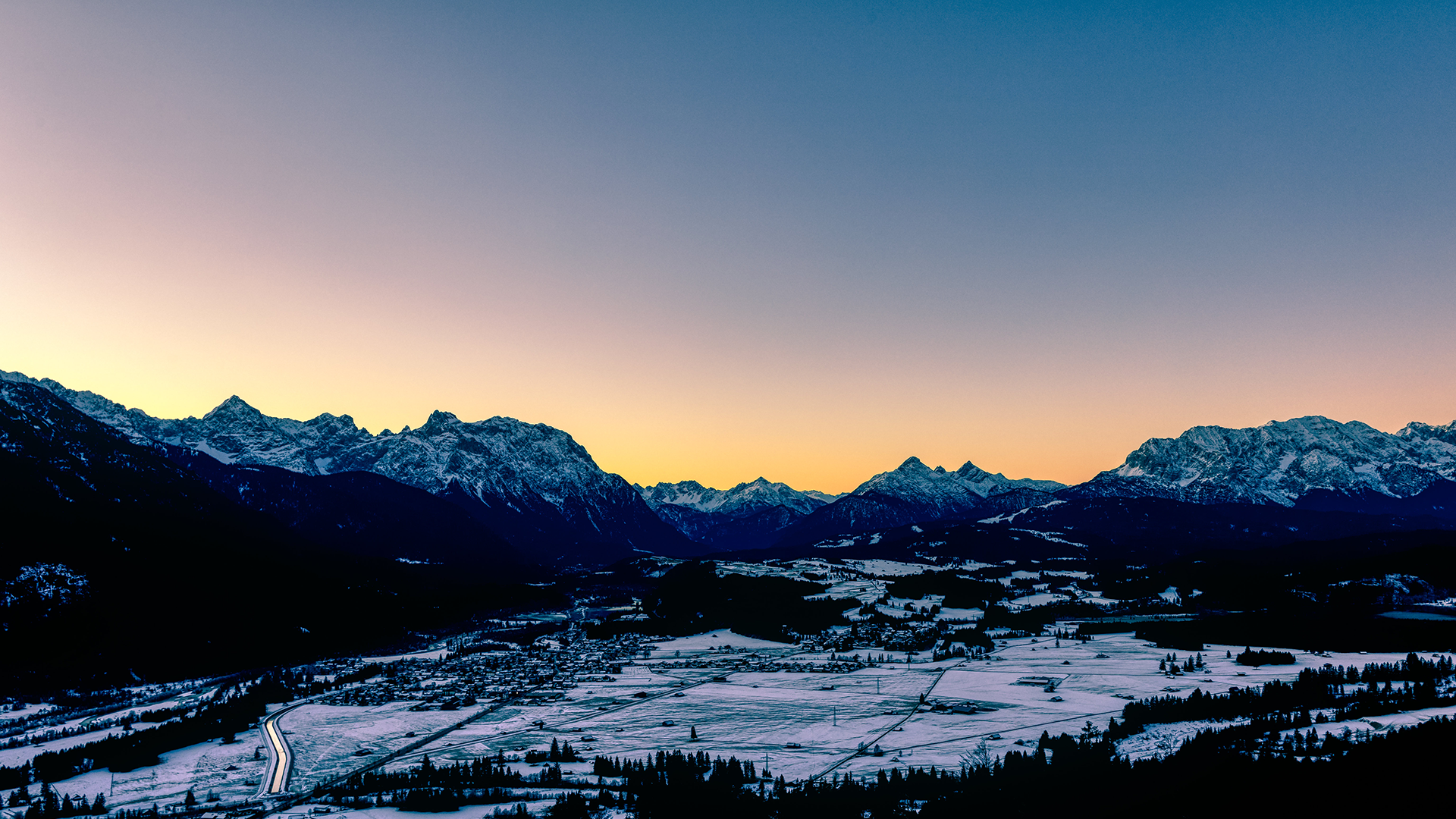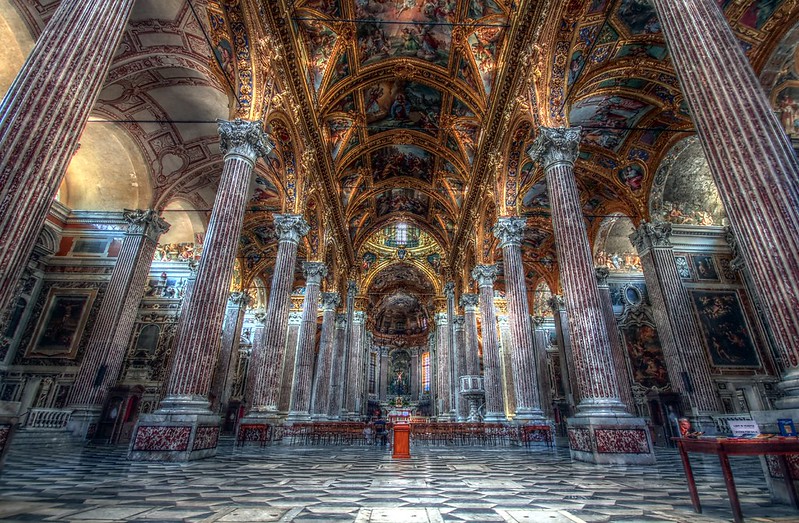I got into HDR photography quite some time ago (see e.g. YAHTC) and the capability to recover so many details/colours from an image or a bracketing series still fascinates me. But, maybe like many other HDR photographers, I have grown from liking rough (almost brutal) HDR edits to more photorealistic captures. I am still convinced that the Mantiuk preset from Luminance HDR in certain situations creates an effect no other tool that I have seen is capable of, but it only works in very few scenarios (e.g. inside churches like the one below). Hence, it is fair to say this is an artistic effect and nothing you can use regularly to process your photos.
To give you an idea about my HDR tool journey, I have used or I am still using qtpfsgui->luminance, Digital Photo Professional, photomatix Pro, HDR Efex Pro, lightroom photo merge and now Aurora 2019. The number alone gives you an idea that none of them is a perfect tool, but can any tool ever be? While experimenting with these tools, the dynamic range of the camera(s) available to me improved quite a bit. Modern cameras are way better than what I started with and I assume this is true for many photographers out there. I read an article some time ago that was describing what images where not possible 5 years ago – the article is from 2016 – so now 7 years ago. It manly focuses on high ISO and high MP, but getting back to my point of regularly processing your HDR images, this available dynamic range in your camera actually puts HDR tools onto the menu for your daily editing of single RAW files. A point that was also made by Trey Ratcliff e.g. in this video. And yes, Trey is supporting Aurora and even contributed presets to the 2019 version. After using Aurora for some time now, I come to a similar conclusion: For a photorealistic edit it probably is one of the best tools out there. And this effected my HDR processing and the way to think of an HDR image.
The above image is a capture of a footbridge at lake Ammersee near Munich, Germany. I like the processing (obviously) and so did the flickr community I assume, because it ended up in explore. But it was tricky for me to get the look that I had in mind. It was a cloudy day when I captured the image and the sun only came out for a few minutes. Luckily I was on the footbridge with my camera ready to shoot when it happened. But the edit did not turn out as expected, in the end I decided to go for a darker look and even added some vignetting. But this was not how I experienced the scene standing on that footbridge. The image below actually depicts my personal impressions of the moment a lot better. And it was easier to get it out of Aurora. If you compare the image below with the shot of the Basilica above it seems unjustified to simply talk about HDR photos to describe both of them. The first one actually is an HDR photo, the scene & the processing are focussed on that to produce this image. The bottom image, however, uses HDR merely as a method to depict the scene as it was experienced (at least) by the photographer.

To wrap things up: An HDR image for me is not something that was processed with an HDR tool anymore and HDR tools (namely Aurora) are destined to become part of my processing routine rather than using them only for certain scenes & images. Thank you, modern cameras.


